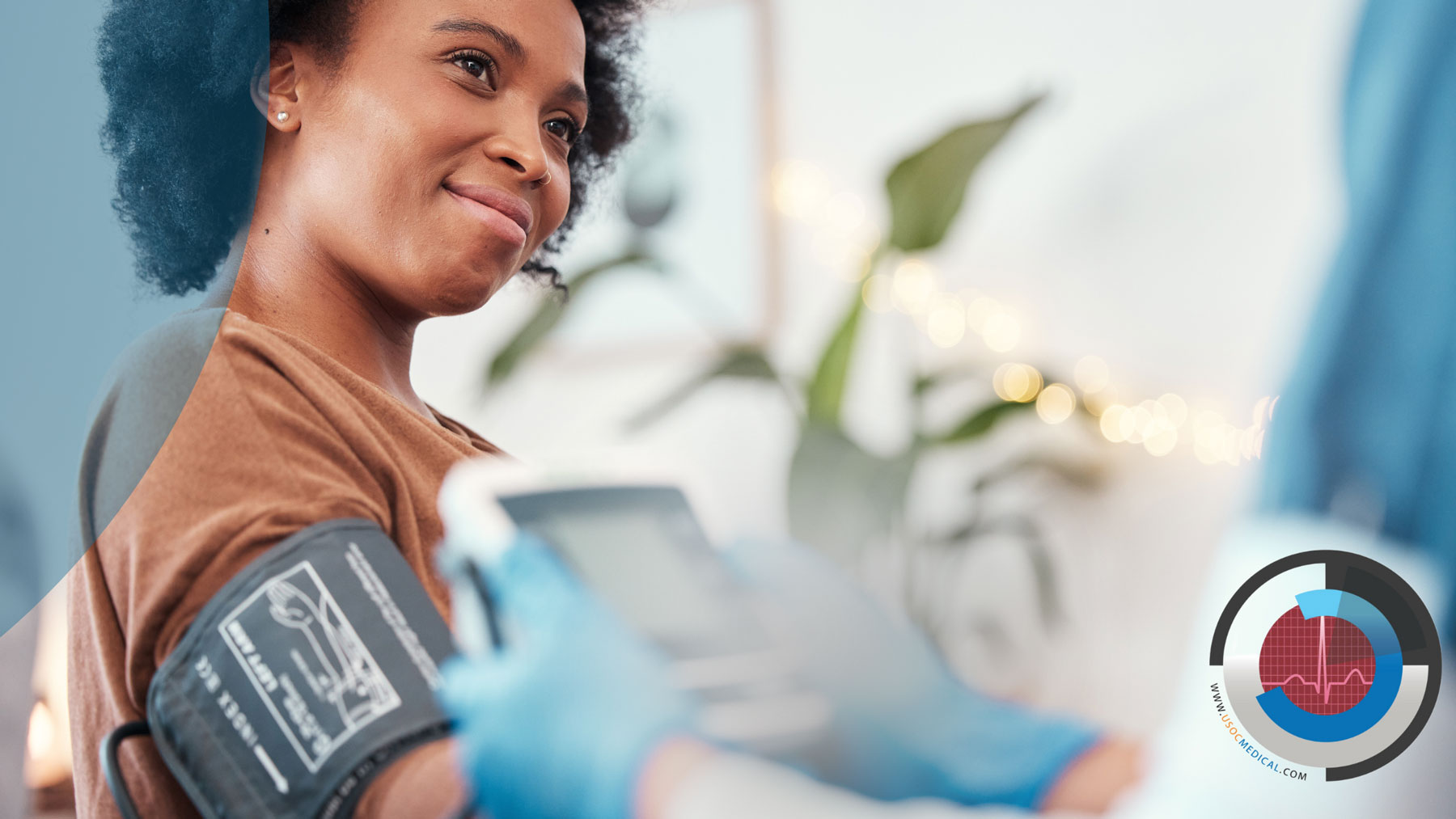In the fast-evolving world of healthcare, staying ahead with the latest in patient monitoring technology is crucial. Whether you’re managing a hospital, a clinic, or a specialized healthcare facility, the right patient monitoring devices can significantly impact patient outcomes and streamline clinical workflows. This guide will walk you through the essentials of purchasing patient monitoring devices, ensuring you make informed decisions that benefit both your patients and your practice.
1. Understand Your Needs
Before diving into the specifics of various devices, it’s essential to assess your unique requirements. Consider the following questions:
- What patient demographics do you serve? Pediatric, adult, or geriatric?
- What types of conditions do you most frequently monitor? Cardiac, respiratory, neurological, etc.
- What is the scale of your operations? Small clinic, medium-sized hospital, or large medical center?
Understanding these parameters will help narrow down the options to devices that cater specifically to your clinical needs.
2. Key Features to Look For
When evaluating patient monitoring devices, focus on these critical features:
- Accuracy and Reliability: Ensure the device provides accurate readings consistently. Look for devices with a strong track record and positive reviews from other healthcare providers.
- Ease of Use: The device should have an intuitive interface that minimizes the learning curve for your medical staff.
- Integration Capabilities: Compatibility with your existing electronic health record (EHR) systems is crucial for seamless data flow and improved patient care coordination.
- Portability and Flexibility: Especially in critical care and emergency settings, portable devices can make a significant difference.
- Scalability: Choose devices that can grow with your practice, offering upgrades or additional modules as needed.
3. Top Brands and Models
Several brands, that we offer, whom have established themselves as leaders in the patient monitoring field are:
- Philips IntelliVue Series: Known for their robust features and reliability, Philips monitors are ideal for a range of clinical environments.
- GE Healthcare’s CARESCAPE Monitors: These offer advanced parameters and integration capabilities, suitable for critical care.
- Mindray BeneVision Series: Offering a balance of advanced technology and user-friendly interfaces, these are great for diverse healthcare settings.
4. Cost Considerations
Investing in patient monitoring devices can be a significant financial commitment. However, consider it an investment in patient safety and clinical efficiency. To manage costs:
- Evaluate Total Cost of Ownership (TCO): Include maintenance, training, and any potential upgrades in your cost assessment.
- Seek Vendor Discounts: Many suppliers offer discounts for bulk purchases or long-term contracts.
- Consider Financing Options: Explore leasing or financing options that spread the cost over time, making it more manageable within your budget.
5. Future-Proofing Your Purchase
Healthcare technology is continuously evolving. To ensure your investment remains valuable:
- Opt for Devices with Upgradable Software: Devices that receive regular software updates can adapt to future advancements without needing complete replacements.
- Choose Modular Systems: These allow you to add new features or expand capabilities as your needs grow.
- Stay Informed: Keep abreast of emerging trends and advancements in patient monitoring technology. Participating in medical conferences and subscribing to industry journals can be beneficial.
6. Regulatory Compliance and Certifications
Ensure that any device you consider complies with relevant regulatory standards, such as FDA approval in the United States or CE marking in Europe. This compliance guarantees that the devices meet safety and performance standards, providing peace of mind for both clinicians and patients.
7. Clinical Training and Support
Even the best devices can be underutilized if your staff isn’t adequately trained. Look for manufacturers that offer comprehensive training programs and robust customer support. This ensures that your team can fully leverage the capabilities of the new devices, leading to better patient care and operational efficiency.
8. Real-World Feedback and Reviews
Finally, consult with peers and read reviews from other healthcare professionals. Real-world feedback can provide insights that you might not find in product brochures. Platforms like online forums, industry publications, and direct testimonials can be invaluable in making your final decision.
Conclusion
Investing in patient monitoring devices is a critical decision that can enhance patient care and operational efficiency. By understanding your needs, focusing on key features, considering top brands, managing costs, future-proofing your purchase, ensuring regulatory compliance, and leveraging training and support, you can make a well-informed choice that benefits your practice for years to come.
For more in-depth information on specific models and purchasing options call our sales team who are standing by (855) 888-8762



